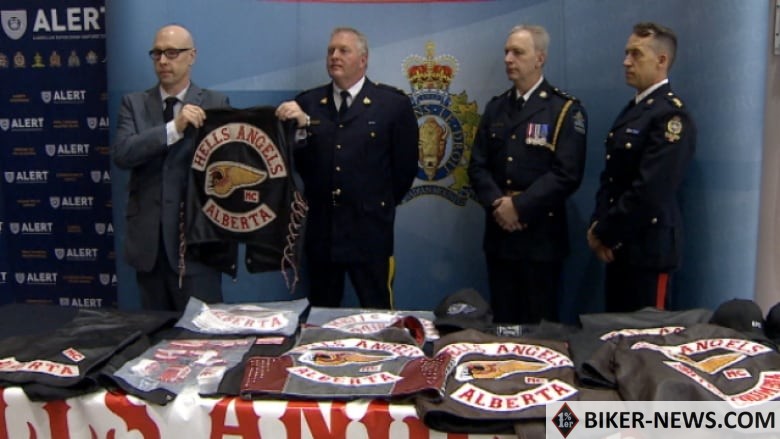Seizures of fentanyl and cocaine by a joint Alberta police force more than doubled in 2018-2019 over the previous year.
Alberta Law Enforcement Response Teams (ALERT) confiscated fentanyl worth $2,563,660 in the last fiscal year compared to just over $1 million in 2017-2018, states the organization’s most recent annual report.
During the same time period, the force comprised of RCMP and municipal police services seized $6.8 million in cocaine — far more than the nearly $3.2 million it confiscated in the previous year.
The numbers are the result of investigations targeting organized crime and are separate from figures compiled by municipal police services.
ALERT says it also identified 87 criminal organizations operating in the province in the past year whose prime business is the illicit drug trade, an increase of 12 over 2017-2018.
Such organizations are defined as being comprised of three or more individuals and in Alberta run the gamut of types, and include the Hells Angels outlaw motorcycle group which counts at least a dozen support bodies in Alberta, said ALERT spokesman Mike Tucker.
“Their power is being dispersed from higher-level organizations to smaller groups,” he said, adding the growing tally of such groups is “a testament to intelligence development and concerted efforts among our police partners.”
The Hells Angels counts six branches in Alberta — three in Edmonton, two in Calgary and one in Red Deer, said Tucker.
A stepped-up focus on interdicting fentanyl reflects the greater value of seizures, as does the growing prevalence of its powdered form which is more concentrated and lucrative, said Tucker.
“We’ve really prioritized fentanyl investigations — we’re well aware of its harms to communities and it’s been really indiscriminate,” he said.
During the most recent reporting period, said Tucker, at least two fentanyl labs have been dismantled by ALERT officers.
But he said despite those successes, officials are under no illusions about the remaining scope of the problem that killed a record 789 people in Alberta last year.
Several larger cocaine busts throughout the province boosted the seizure figures on that drug, said Tucker.
“Cocaine has always been a favourite of organized crime, it’s easy for them to maximize their profits by diluting it with garbage chemicals that mimics its properties,” he said.
The value of methamphetamines confiscated by ALERT fell precipitously from just under $4 million in 2017-2018 to about $922,000 last year.
That contrasts with Calgary Police Service figures showing the 1,769 incidents last year involved the highly addictive stimulant was a 130 per cent increase over the five-year average.
Crystal meth charges made up more than a third of the drug offences recorded by city police in 2018.
On July 28, Canadian Border Service Agency officials at the Coutts border crossing seized a record crystal meth haul for the region — 50 kg with a street value of $3 million.
The ALERT annual report also shows a huge jump in the number of child exploitation photos and videos last year — from 134,380 in 2017-2018 to about 380,000.
That increase could be explained by the discovery of a few larger collections or changes in how those images are collected for evidence, said Tucker.
Quoted in the report, Staff Sgt. Dominic Mayhew of ALERT’s Child Exploitation Unit (ICE) said more victims are coming forward as the crime’s stigma lessens.
And he said the problem is a widespread one.
“We don’t have a problem making arrests. I don’t think there’s a single town in Alberta where we could not make an arrest,” said Mayhew.
While perpetrators might think technology affords them anonymity, “it’s as much of a tool for us as it is for them,” he added.
Source: Calgary Herald
